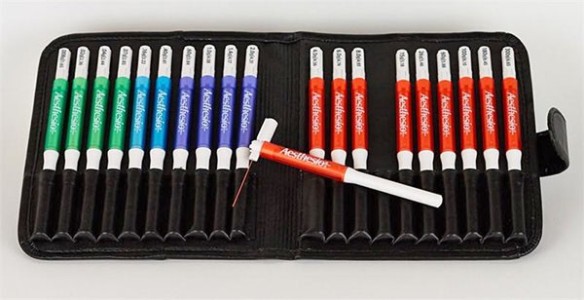Authors
David Balayssa, Jérôme Busserolles, Catherine Broto, Cristelle Dalbos, Laetitia Privab, et al,
Lab
Sanofi, R&D, Preclinical Safety, Chilly Mazarin, France
Journal
Biomedicine and Pharmacotherapy
Abstract
Identifying compounds that are neurotoxic either toward the central or the peripheral nervous systems (CNS or PNS) would greatly benefit early stages of drug development by derisking liabilities and selecting safe compounds. Unfortunately, so far assays mostly rely on histopathology findings often identified after repeated-dose toxicity studies in animals. The European NeuroDeRisk project aimed to provide comprehensive tools to identify compounds likely inducing neurotoxicity. As part of this project, the present work aimed to identify diagnostic non-invasive biomarkers of PNS toxicity in mice. We used two neurotoxic drugs in vivo to correlate functional, histopathological and biological findings. CD1 male mice received repeated injections of oxaliplatin or paclitaxel followed by an assessment of drug exposure in CNS/PNS tissues. Functional signs of PNS toxicity were assessed using electronic von Frey and cold paw immersion tests (oxaliplatin), and functional observational battery, rotarod and cold plate tests (paclitaxel). Plasma concentrations of neurofilament light chain (NF-L) and vascular endothelial growth factor A (VEGF-A) were measured, and histopathological evaluations were performed on a comprehensive list of CNS and PNS tissues. Functional PNS toxicity was observed only in oxaliplatin-treated mice. Histopathological findings were observed dose-dependently only in paclitaxel groups. While no changes of VEGF-A concentrations was recorded, NF-L concentrations were increased only in paclitaxel-treated animals as early as 7 days after the onset of drug administration. These results show that plasma NF-L changes correlated with microscopic changes in the PNS, thus strongly suggesting that NF-L could be a sensitive and specific biomarker of PNS toxicity in mice.
BIOSEB Instruments Used
Von Frey Filaments (BIO-VF-M)
Source :

 Douleur - Allodynie/Hyperalgésie Thermique
Douleur - Allodynie/Hyperalgésie Thermique Douleur - Spontanée - Déficit de Posture
Douleur - Spontanée - Déficit de Posture Douleur - Allodynie/Hyperalgésie Mécanique
Douleur - Allodynie/Hyperalgésie Mécanique Apprentissage/Mémoire - Attention - Addiction
Apprentissage/Mémoire - Attention - Addiction Physiologie & Recherche Respiratoire
Physiologie & Recherche Respiratoire




































 Douleur
Douleur Système Nerveux Central (SNC)
Système Nerveux Central (SNC)  Neurodégénérescence
Neurodégénérescence Système sensoriel
Système sensoriel Système moteur
Système moteur Troubles de l'humeur
Troubles de l'humeur Autres pathologies
Autres pathologies Système musculaire
Système musculaire Articulations
Articulations Métabolisme
Métabolisme Thématiques transversales
Thématiques transversales Congrès & Meetings
Congrès & Meetings 